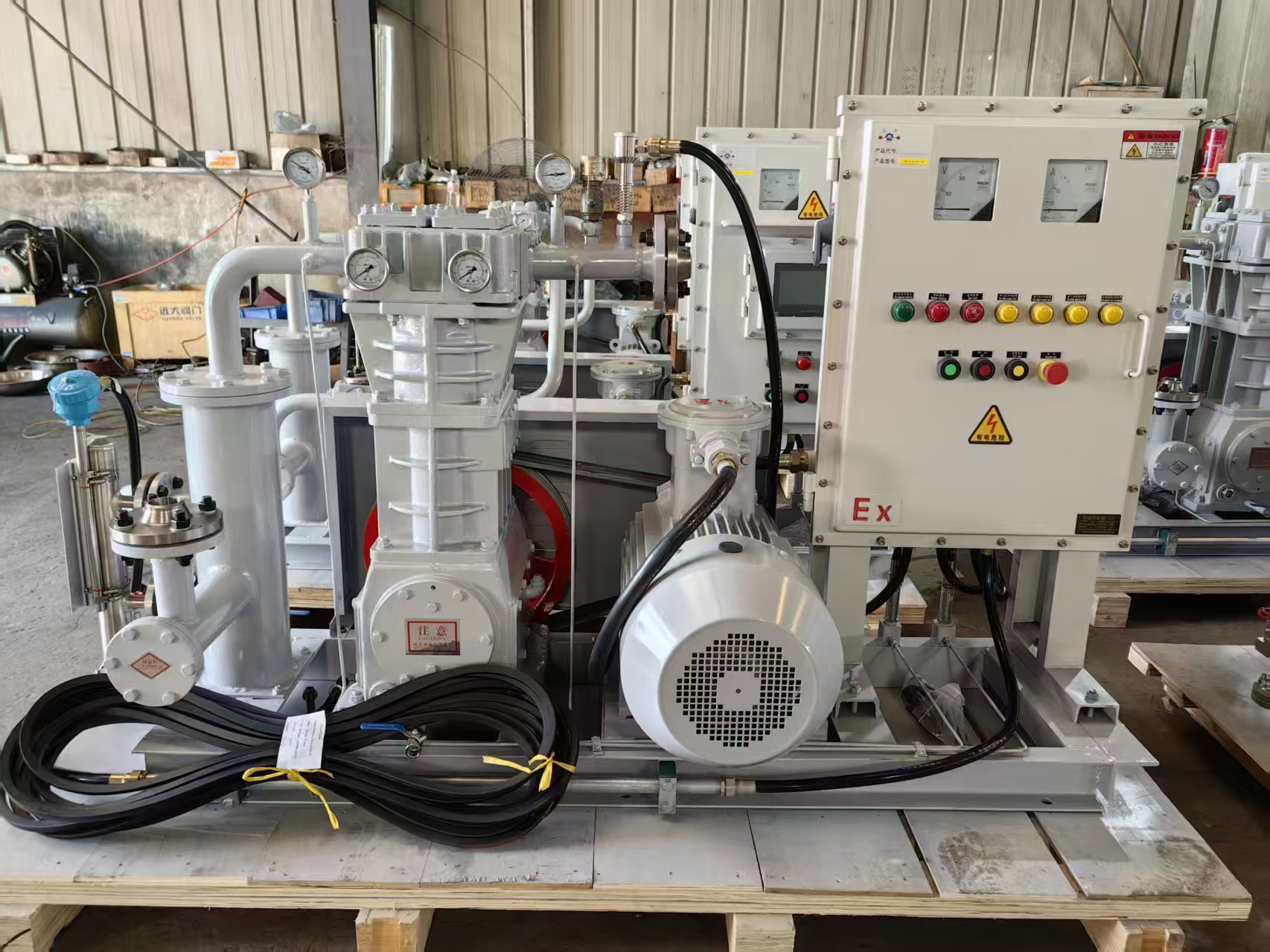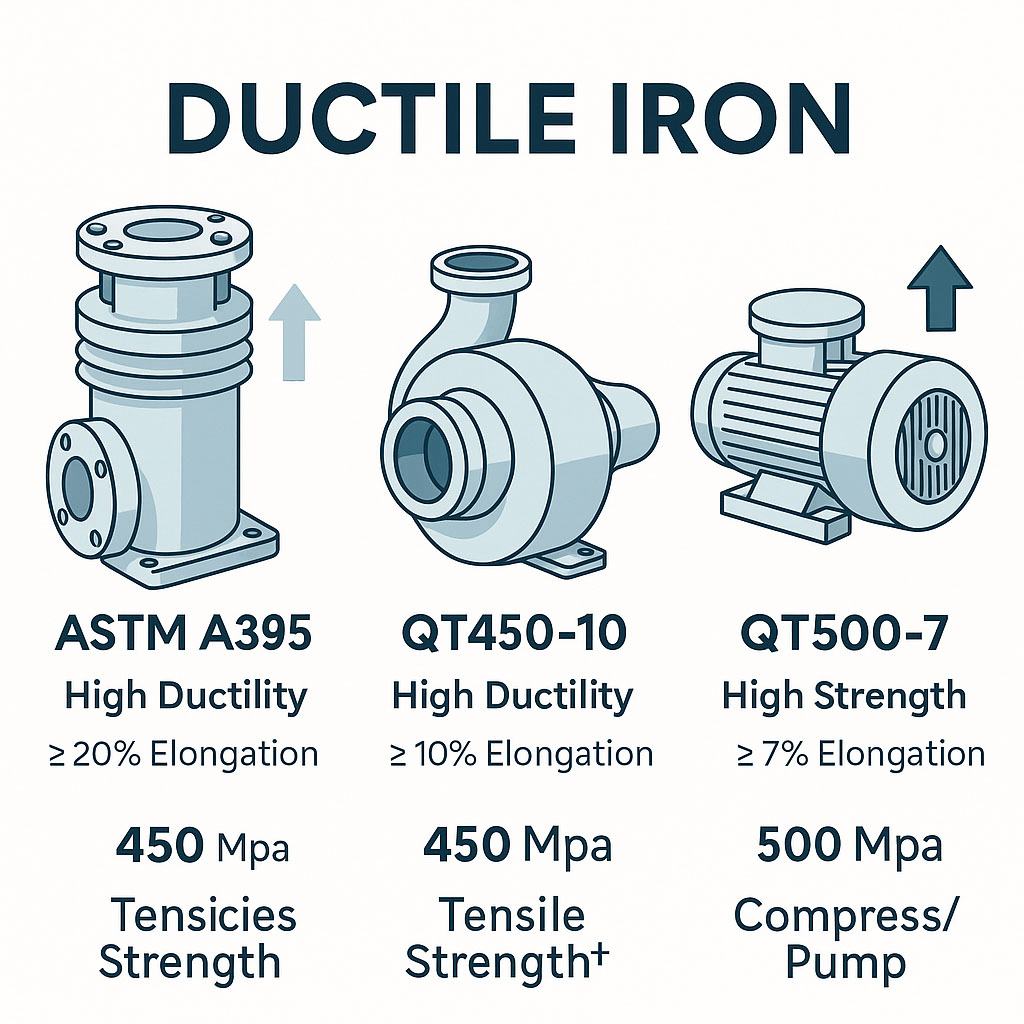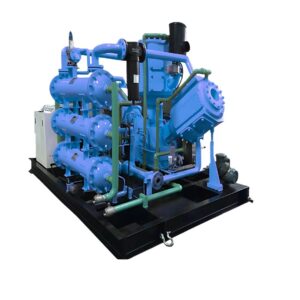液化石油气压缩机的应用和工作原理:基于 2025 年趋势的指南
需求 液化石油气压缩机 在全球市场上,特别是在东南亚、中东、非洲和南美洲,解决方案的搜索量持续上升。谷歌趋势数据清楚地反映了这一趋势。 "液化石油气卸载压缩机"、"丙烷压缩机" 和 "液化石油气输送系统" 在过去三年里,液化石油气的使用量稳步增长。随着液化石油气的使用扩展到住宅、工业和商业领域,各公司都在积极寻求更安全、更快速、更高效的液化石油气卸载、装瓶和传输解决方案。
在本文中,我们将探讨客户的实际需求、市场痛点以及 LPG 压缩机的工作原理,并根据 Keepwin 的全球项目经验提出实用的见解。
液化石油气压缩机为何受到市场关注
液化石油气广泛用于烹饪、取暖、工业燃烧和便携式能源储存。虽然传统上使用泵来输送液化石油气,但现在越来越多的客户倾向于使用压缩机,因为压缩机的安全等级更高,气蚀风险更低。此外,液化石油气中含有丙烷和丁烷的混合物,蒸汽压较高,因此使用压缩机来输送液化石油气是非常安全的。 丙烷压缩机 稳定的流量和持续的排放压力变得至关重要。
由于客户越来越重视安全性和运行可靠性,因此 撬装式液化石油气压缩机-它集成了管道、阀门、控制面板和安全设备,成为 2024-2025 年最畅销的系统配置。
液化石油气压缩机的工作原理
为了更好地理解液化石油气压缩机在许多工厂取代传统泵的原因,我们有必要了解一下其工作机制。在液化石油气卡车卸载或罐到罐的输送过程中,压缩机只处理气相。这种设计可避免液体冲击,并确保整个过程的安全。
流程如下:
-
气相石油气从储气罐中抽取。
-
压缩机会增加气体压力。
-
高压气体被输送回液化石油气卡车的蒸汽管道。
-
气体压力将液态石油气从卡车底部的阀门中挤出。
-
液化石油气自然流入客户的储气罐。
由于液态石油气是不可压缩的,压缩机产生的压差可使系统在以下时间内卸下满满一卡车石油气 45-60 分钟这几乎是重力卸载速度的两倍。
当前液化石油气市场的客户痛点
根据阿联酋、尼日利亚、印度尼西亚、肯尼亚和秘鲁客户的反馈,主要挑战包括
1.低质量设备带来的安全风险
许多供应商忽视 ATEX/IECEx 标准,导致泄漏危险、高振动和过热。现在,客户非常青睐符合标准的系统。
2.维护频率高
当暴露在干燥的液化石油气蒸汽中时,通用阀门和活塞环会很快磨损。这会增加停机时间和运营成本。
3.不稳定的卸载效率
许多灌装厂都会遇到延误,因为一辆卡车的卸货时间可能超过两个小时。有了适当的 液化石油气卸载压缩机时间大大缩短。
4.温度和环境条件
高温地区(如中东地区的 45°C)会使液化石油气蒸汽压力急剧上升,因此需要加强冷却和使用不锈钢管道。
5.缺乏完整的工程解决方案
客户往往不仅需要机器,还需要 P&ID 设计、控制逻辑、安全联锁和启动支持。
Keepwin 如何提供竞争优势
为解决上述痛点,Keepwin 提供集设备、技术文档和现场服务于一体的全套工程解决方案。例如,2024 年,我们交付了 3 立方米/分钟撬装式液化石油气压缩机 印度尼西亚的一家装瓶厂。通过集成不锈钢阀门、双级冷却器、世伟洛克接头和西门子控制面板,客户将卸载效率提高了 35%,同时保持了极稳定的噪音和振动水平。
Keepwin 的全球客户也对此表示赞赏:
-
完整的液化石油气卸载和输送橇
-
30 天内提供可靠的备件
-
通过 ATEX/Ex-d 危险区域认证的电机
-
专为丙烷/丁烷混合物设计的长寿命阀门和活塞环
-
专业的安装和调试支持
随着全球对液化石油气的需求不断增长,安全要求也越来越严格,因此,选择高质量的 液化石油气压缩机-在强大的工程设计能力的支持下,该技术已成为现代液化石油气工厂的必备条件。无论您需要的是 液化石油气卸载压缩机, a 丙烷压缩机或一个完整的 液化石油气输送系统因此,选择可靠的供应商可确保降低风险、提高效率和长期节约。
对于计划在 2025 年升级其卸载或装瓶设施的工业客户而言,精心设计的压缩机解决方案将提供最高的运营价值。












